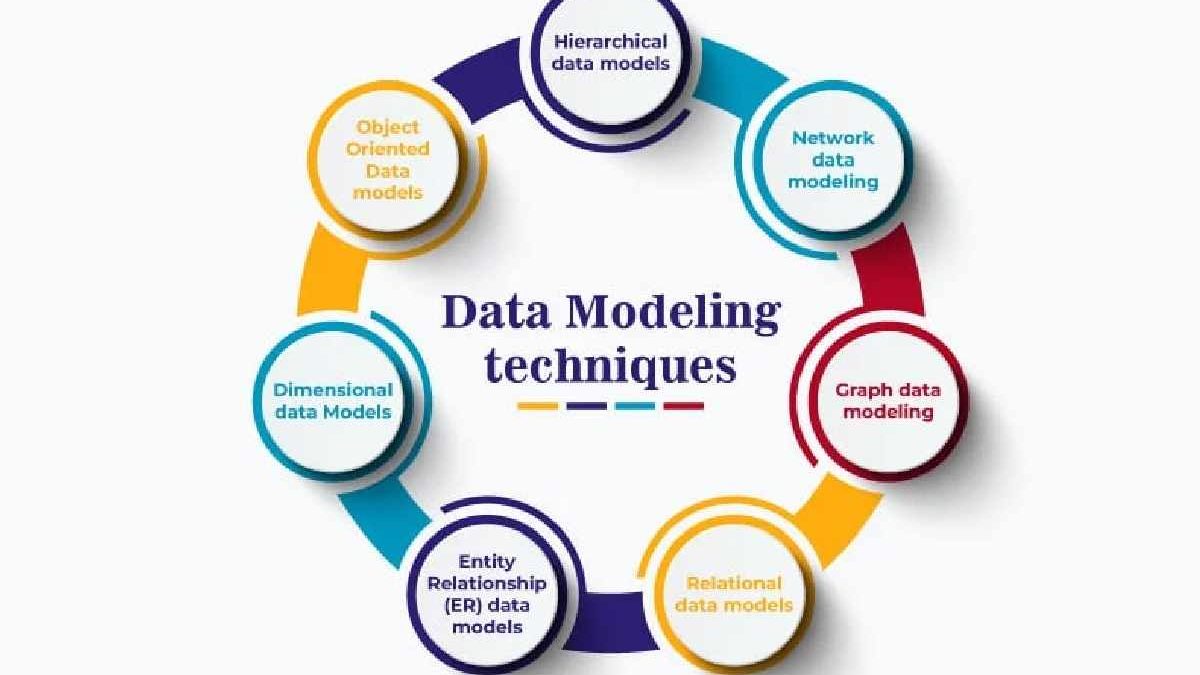Data modeling is like organizing your backpack so you can find your pencils, snacks, and books fast. It’s a big deal for keeping info neat and useful. A clear picture of data groups (like customers or orders) and their jobs in a business helps figure out what info an app needs. It sets up the details for each piece, like “every customer has a name and phone number,” and plans how to store and handle all that info in a computer or database (a fancy filing cabinet for data).
It also creates shared rules for everyone using the data, like agreeing that “price” always means riyals in Saudi Arabia. Plus, it’s a key part of mapping where data comes from and how it travels through computer systems, keeping everything organized. For data detectives (scientists and analysts), it’s super helpful for building smart apps that dig deep into info, like predicting what games will be hot next year!
Table of Contents
Data Modeling Examples: Fun Ways to Picture It
Think of a data model like a map for a video game world. Just like an architect draws a house plan to guide builders, a data model plans how info fits in an app. Here are some cool examples to make it crystal clear:
-
ER (Entity-Relationship) Model
This is like a friendship chart. It shows real things (entities) like “students” or “games” and how they’re buddies. For example, in a school app, a student is an entity, and their details (like name or grade) are attributes. The model draws lines to show connections, like “this student plays this game.” It also sets rules to keep things tidy, like “every student needs a unique ID.” -
Hierarchical Model
Picture a family tree with one main boss (the root) and branches for other stuff. It’s great for one-to-many links, like one mall with lots of stores. The mall is the “root,” and its “kids” are departments like clothes or toys. This model keeps things simple, like organizing your toy box by categories. -
Network Model
This is like a web of friends where everyone can have multiple besties. Data points (nodes) connect in a graph, so one “kid” node (like a toy) can link to many “parent” nodes (like stores and makers). It’s super flexible for tricky connections, like tracking who sells what. -
Relational Model
This one’s like a giant notebook with tables. Each table has rows and columns, holding details about stuff like customers or orders. It’s easy to spot links, like matching a customer to their purchase. Online shops use this to track what you buy and what’s in stock. -
Object-Oriented Database Model
Think of this as a box of reusable toy blocks, each with special powers. It treats data like objects (like a car or a house) with actions they can do (like “drive” or “open door”). It’s awesome for 3D design apps, like ones architects use to build virtual cities.
Types of Data Models: Three Levels of Planning
Data models come in three flavors, like levels in a game, each with a special job during app planning. They involve different people and have unique goals:
-
Conceptual Model
This is the big-picture sketch, like drawing a rough map of a new park. It shows the main things (like “visitors” or “rides”) and how they hang out together, without diving into techy details. It’s for the big dreamers planning the app. -
Logical Model
This gets more specific, like planning the paths and signs in that park. It maps out the details of each thing (like “visitors have names and tickets”) and their connections for a certain project. It’s a techy guide for building the app’s rules. -
Physical Model
This is the final blueprint, like deciding exactly where each tree and bench goes in the park. It shows how data lives in the computer, with exact details like “this column stores names as text.” It’s all about making the database real.
The logical model is like a rough draft that doesn’t build the database but helps plan it. The physical model takes that draft and makes it happen, turning ideas into a real, working system.
Why Data Modeling Rocks
By now, you see data modeling is like setting up a super-organized toy shelf – it’s the foundation for storing info easily and making apps work better. It’s key for managing data, keeping rules clear, and powering smart discoveries. It means better records of where data comes from, top-notch quality, faster apps, and fewer oopsies. It even helps find new ideas by making data easier to explore, like spotting a new favorite game in a huge pile. In short, it’s the secret sauce for awesome apps and happy businesses!

